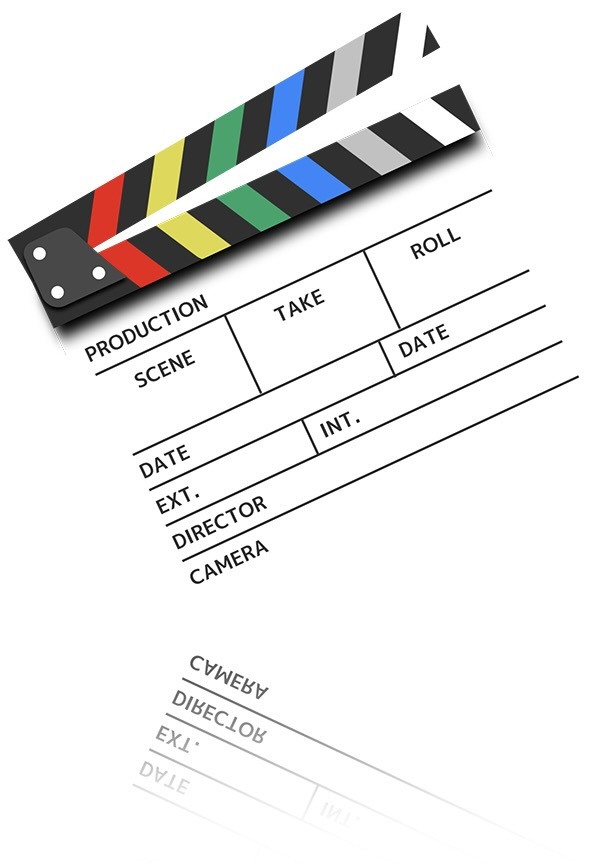Movie Ticket Prices (2014-2025)
Explore how movie ticket prices have changed over the years.
Click on a year button or use the slider to see the average ticket price and associated top movie for that year.
Comparison Chart
Year
Average Ticket Price:
$0.00
Top Movie: Movie Title
Genre: Genre
Box Office Gross: $0
Ticket Price Inflation & Cultural Reach
- Box office grosses can be misleading when used as the sole measure of success, as they don’t account for rising ticket prices over time.
- Modern blockbusters may sell fewer tickets than older films despite higher revenue figures. Films from the 1990s with lower total grosses could have actually reached larger audiences than today's top earners.
- Ticket sales — not revenue — offer a more accurate comparison of success across eras. This method better reflects a film’s true cultural impact and popularity.
DAYS BETWEEN THEATRE & STREAMING RELEASES (1995-2025)
Streaming’s Impact on Film Success
- Streaming has reshaped how quickly audiences can access films after theatrical release.
- Shorter release windows increase accessibility but reduce long theatrical runs. This shift challenges traditional revenue models and alters perceptions of success.
- While digital access boosts convenience, it may also dilute a film’s cultural moment in theaters.
- The balance between reach and resonance is an evolving metric of modern film success.
Box Office vs. Streaming Subscribers (1995–2025)
This visualization compares the top box office grossing films each year with the number of subscribers on the primary streaming service at their release. Explore milestones in film history and how global events shaped the entertainment industry.

Movie Box Office Data (1995-2025)
Overall Data
Film Release Timing & Performance Data (1995–2025)
Box Office Gross and Streaming Subscribers
Resources
The Data is in: Theatrical Films Massively Outperform Straight-To-Streaming Films Overview
Summary:
The Entertainment Strategy Guy writes about data supporting box-office release as opposed to films being immediately released on streaming platforms. This article contextualizes how the film industry used to work as opposed to present day with supporting data: "Historically, films went through a series of "windows,"... starting with theaters, then going to home entertainment, they to pay cable, then to regular broadcast TV and cable. Nowadays, streaming is concurrent with pay cable." This article also shows data visualizations of how these trends have evolved overtime given current events and technological developments.
Summary:
Written by Sophie Loesberg, this article presents a student-based coding project for data visualization in the streaming space comparing success between several popular streaming platforms. This project's main goal was to "determine which streaming service has a movie collection with the highest average IMDb rating and which years had the highest rated movies... In conclusion, Disney+ has the highest average IMDb rating at 6.4413854351687 out of 10 among the movies included on their streaming service."
Summary:
This article explores the hypothesis: Is video streaming hurting box office revenue at US theatres? This source acknowledges the limited coverage of steaming on traditional media platforms and uses Australia as a comparison group (given shared language, colonial roots, cultural traditions, religious landscapes, and high living standards), with Netflix being introduced to Australia only in 2015 vs 2007 in the US. They focused on large-reach films (shown in 600 theaters on opening weekend). The article notes that "the introduction of Netflix streaming services in 2007 is associated with a reduction of 14-17% in domestic box office revenues."
Summary:
This article creates the claim that "the use of analytics in the film industry to predict success or attempt to produce 'box office hits' is different than using past intuition about movies; it is different than following a set formula or plan that has appeared to have worked in the past. Rather, analytics in movies, as in any other industry is about finding useful patterns in the data that are not visible to the naked eye and can be exploited for gain" (Schlesinger). This source includes analysis by genre.
Abstract
On the following pages, you’ll explore an interactive, timeline-based visualization designed to reveal how major global events, such as the Covid-19 pandemic, have shaped film popularity, streaming growth, and box office trends.
Our goal is to go beyond the headlines and offer a more transparent view of audience behavior by using accessible formulas (like box office gross divided by average ticket price to estimate actual viewership) and engaging visual elements such as milestones and icons. We challenge the traditional notion of “most-watched” films, which often equate financial performance with cultural impact, and instead highlight real viewership patterns. Additionally, we examine the evolving relationship between streaming services and theatrical releases, asking whether they compete, complement, or influence each other.
Through creative design and meaningful data, we aim to fill the gaps left by typical visualizations - offering a clearer, more interactive, and more truthful exploration of modern film trends.


